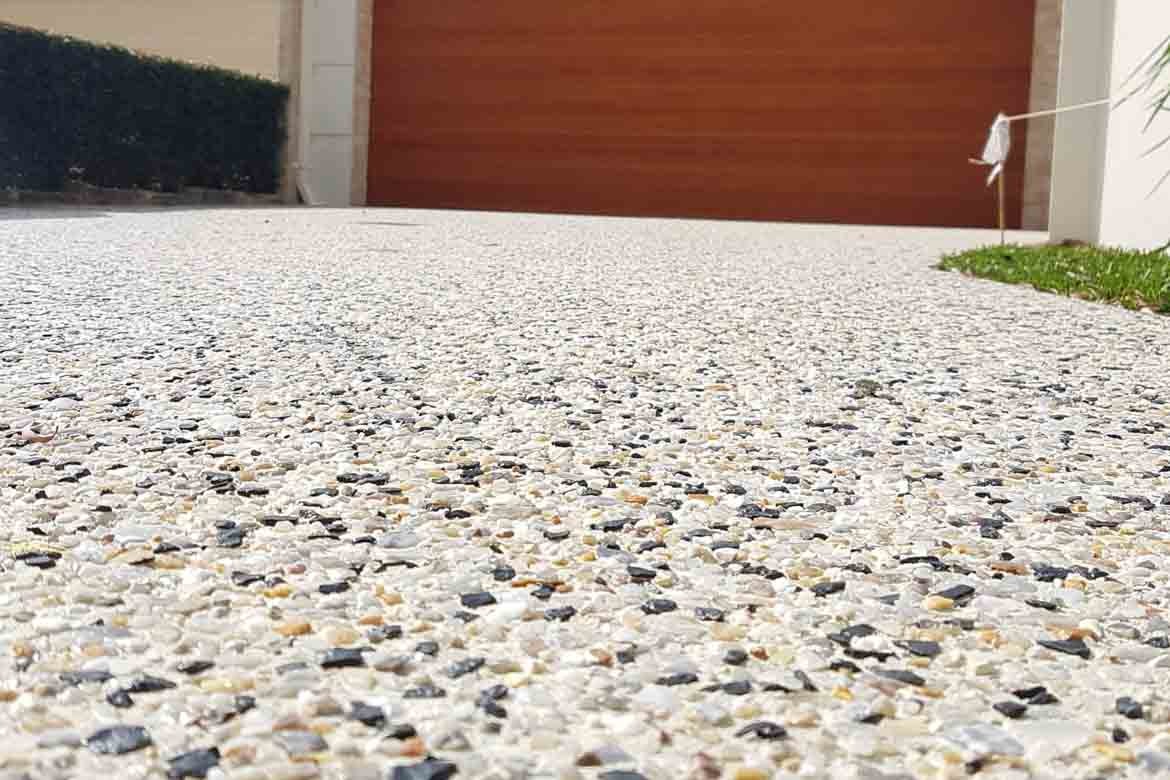Benefits of Penetrating Sealers over Acrylic Sealers:
When it comes to protecting and enhancing concrete surfaces, penetrating sealers and acrylic sealers offer distinct benefits. Understanding these differences can help in choosing the right product for a specific application.
1. Deep Penetration and Long-Lasting Protection:
Penetrating Sealers: These sealers are designed to absorb into the concrete, filling the pores and reacting chemically with the substrate. This results in a long-lasting protective barrier that is integrated within the concrete, not just on the surface. This deep penetration makes them particularly effective in providing long-term protection against moisture, stains, and freeze-thaw damage.
Acrylic Sealers: These form a protective film on the surface of the concrete. While this can provide good short-term protection, the surface film can wear down over time, especially in high-traffic areas, requiring more frequent reapplication.

2. Maintaining Natural Appearance:
Penetrating Sealers: Because they are absorbed into the concrete, they do not alter the appearance of the surface significantly. This allows the concrete to retain its natural look, which is often desirable in both interior and exterior applications.
Acrylic Sealers: These can enhance the appearance of concrete by adding a glossy or matte finish, but they also alter the natural look of the concrete. Over time, the surface film can yellow, especially with exposure to UV light, affecting the appearance.
3. Breathability:
Penetrating Sealers: These sealers allow the concrete to "breathe," meaning they permit moisture vapor to escape from the concrete while still preventing liquid water from penetrating the surface. This reduces the risk of issues like efflorescence (white, powdery deposits) or trapped moisture that can lead to surface damage.
Acrylic Sealers: While some acrylic sealers are designed to be breathable, many create a non-breathable film on the surface. This can trap moisture within the concrete, potentially leading to issues like blistering, peeling, or delamination of the sealer.
4. Durability and Maintenance:
Penetrating Sealers: Due to their deep penetration, these sealers are more durable and require less maintenance over time. Since the protection is within the concrete, it is not subject to wear from foot traffic, UV exposure, or abrasion as surface-applied sealers are.
Acrylic Sealers: The surface film created by acrylic sealers is more prone to wear and tear, especially in areas with heavy traffic. As a result, these sealers may need to be reapplied more frequently to maintain their protective properties.

5. Resistance to UV Light and Chemicals:
Penetrating Sealers: Generally, these sealers offer better resistance to UV light and chemicals, as their protection is embedded within the concrete rather than exposed to the elements. This makes them a good choice for outdoor applications or areas exposed to harsh chemicals.
Acrylic Sealers: While some acrylic sealers have UV inhibitors and chemical resistance, they are still more susceptible to degradation from UV light and chemical exposure, leading to potential discoloration and reduced effectiveness over time.
Summary:
Penetrating sealers offer superior long-term protection, maintain the natural appearance of the concrete, and are highly durable and breathable, making them an excellent choice for many concrete applications. Acrylic sealers, while useful for enhancing appearance and providing surface-level protection, may require more maintenance and can alter the look of the concrete.